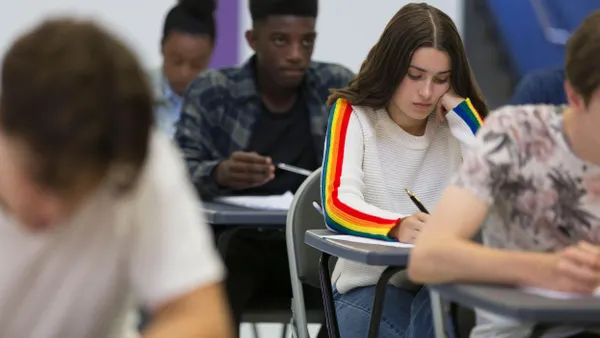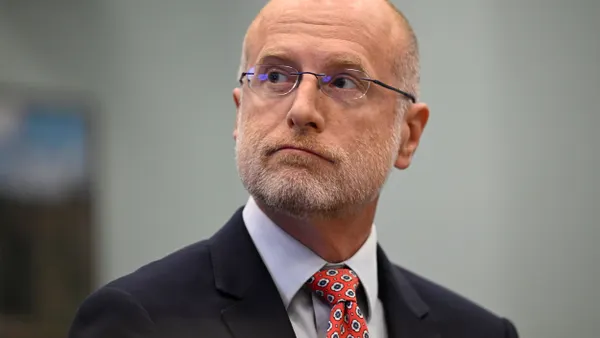Dive Brief:
- The space race prompted a wave of school planetarium construction as the Eisenhower administration distributed $1 billion in federal money to boost science, math and foreign language instruction.
- NPR reports there were once 350 planetariums on school grounds around the country, but their numbers are shrinking as districts choose to close them rather than spend the time and money to maintain them.
- A planetarium, however, can provide an immersive learning experience for students who might not otherwise discover their interest in studying the stars.
Dive Insight:
During the years of the space race, astronomy and space travel captured the nation’s academic and popular attention. Putting a man on the moon and seeing photos of the earth from space shaped the way a generation thought about the world. Since then, the excitement about discoveries in space has been more limited.
Increasing talk about going to Mars, however, could give astronomy a boost. And with more attention on science, technology, engineering and math curricula, districts could reprioritize school planetariums. They certainly fit into a trend of offering students real-world, immersive learning opportunities. Though virtual reality could be a cheaper way to get students to the stars in the years to come.











